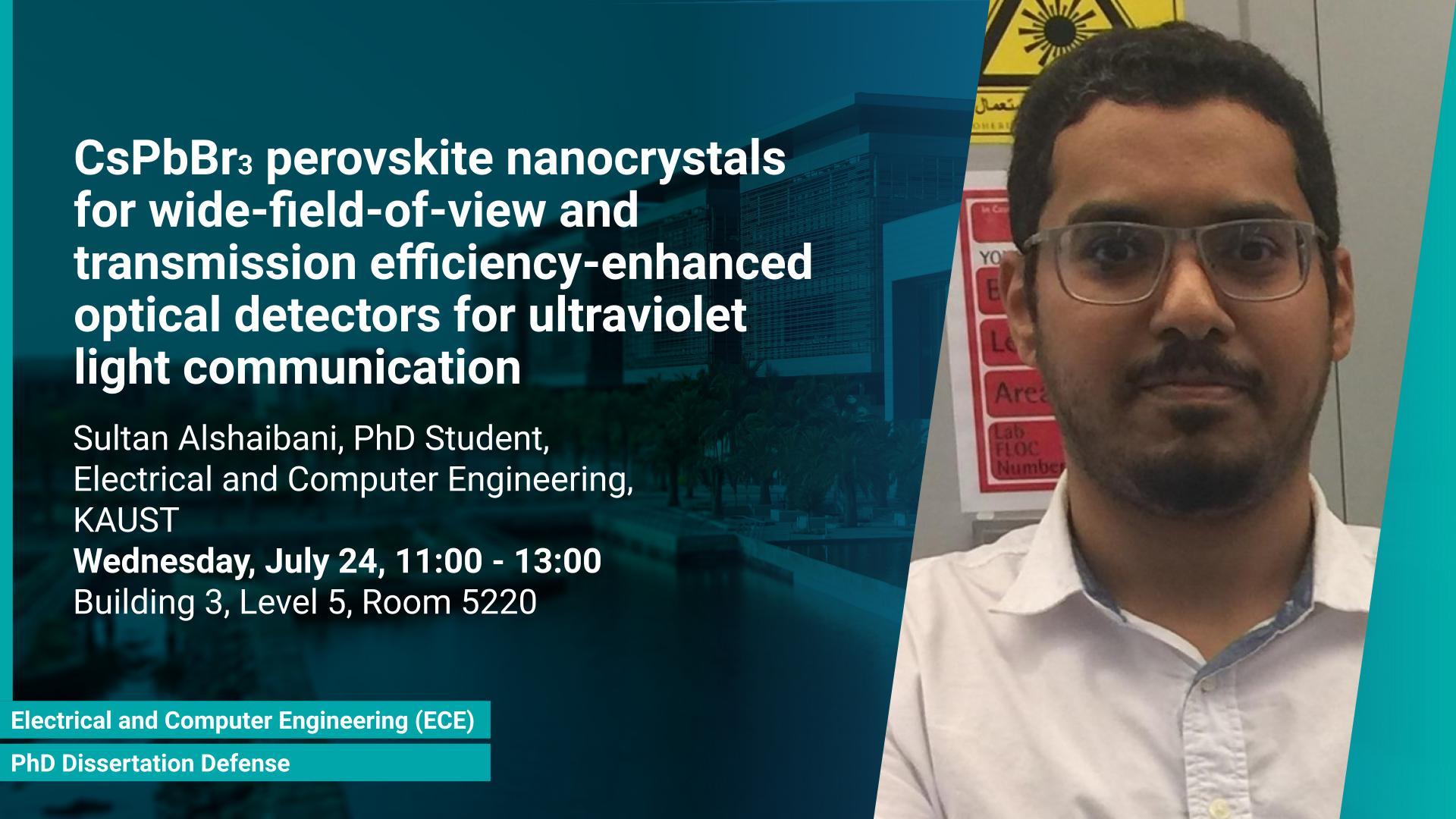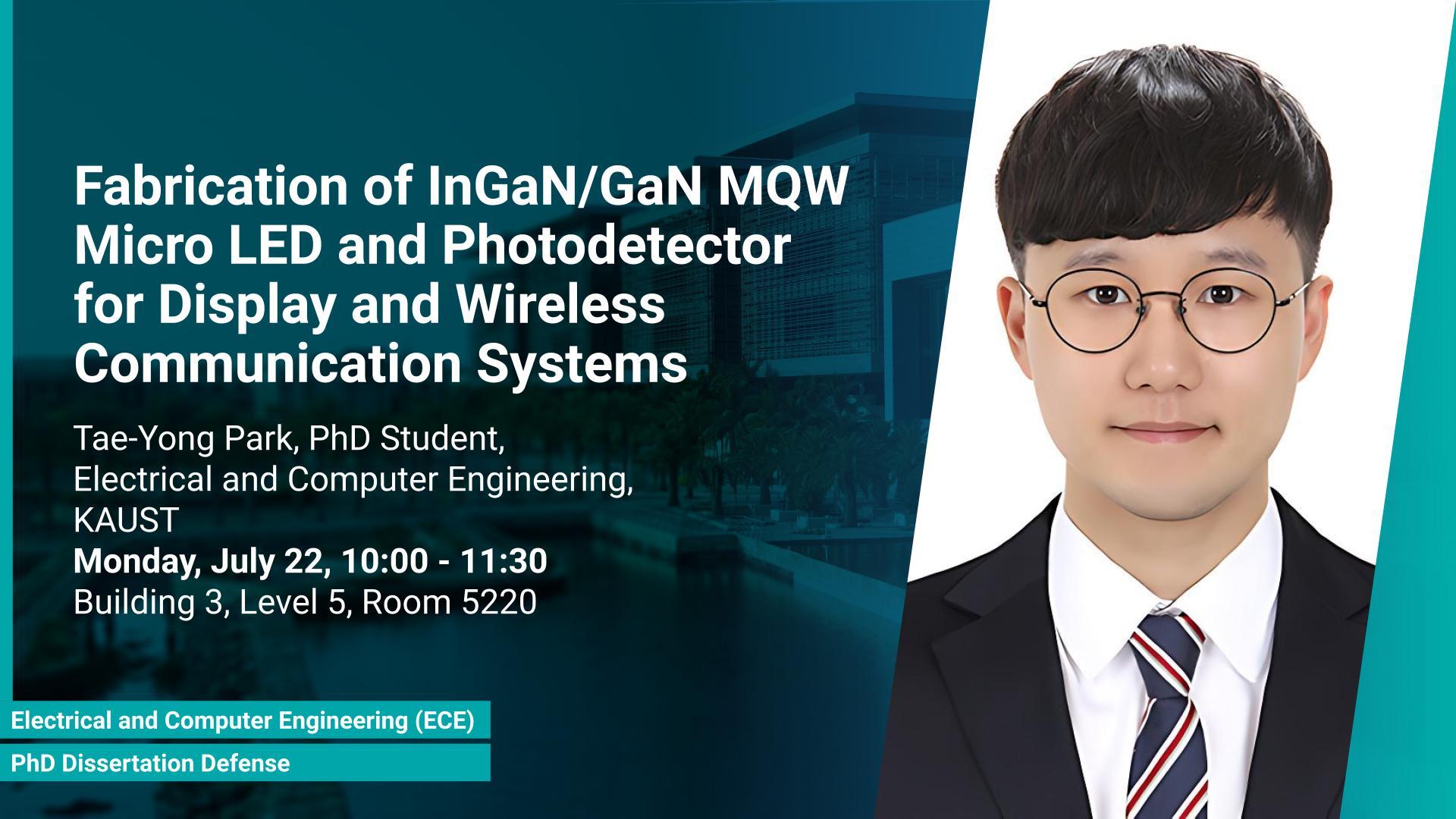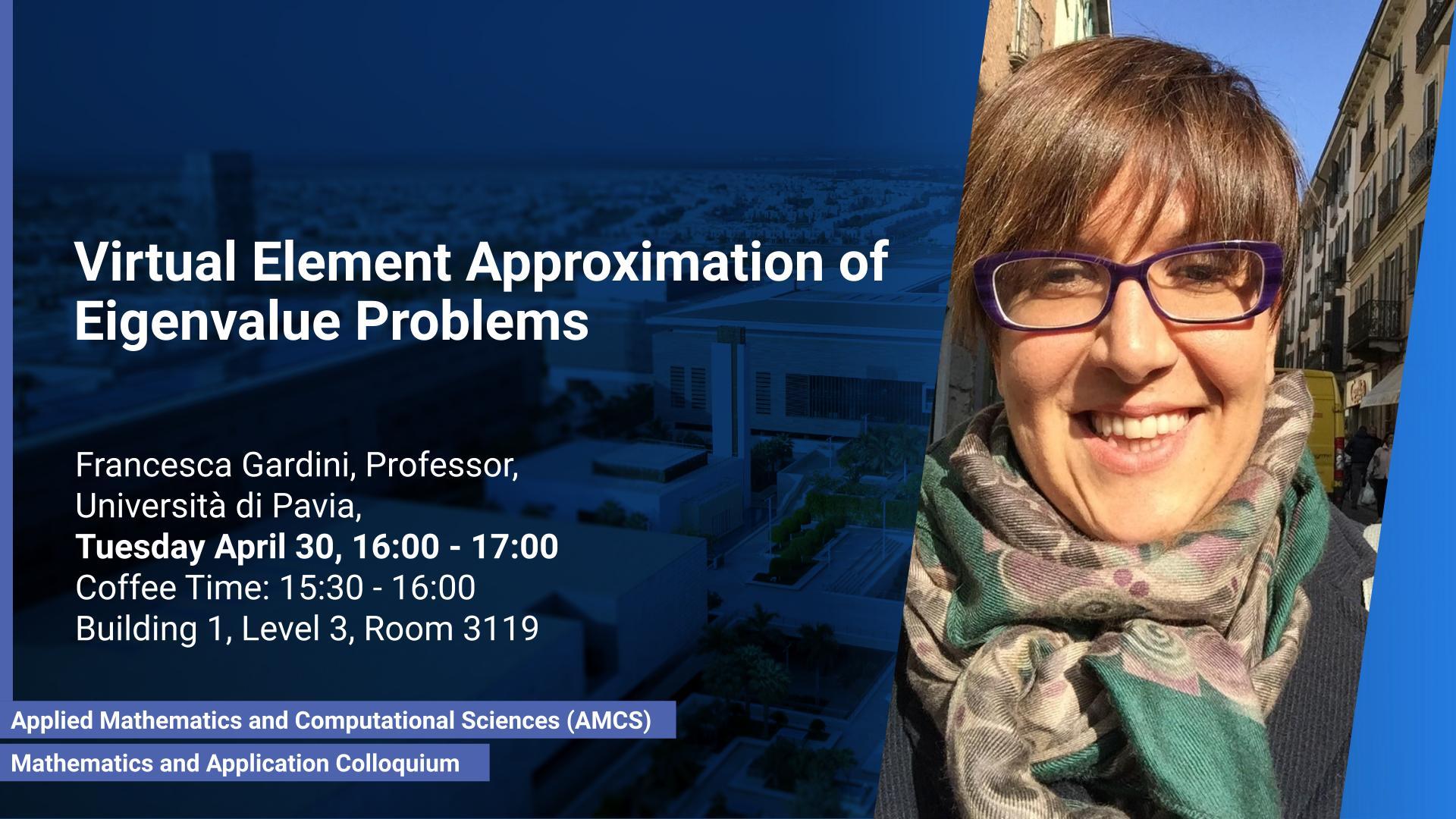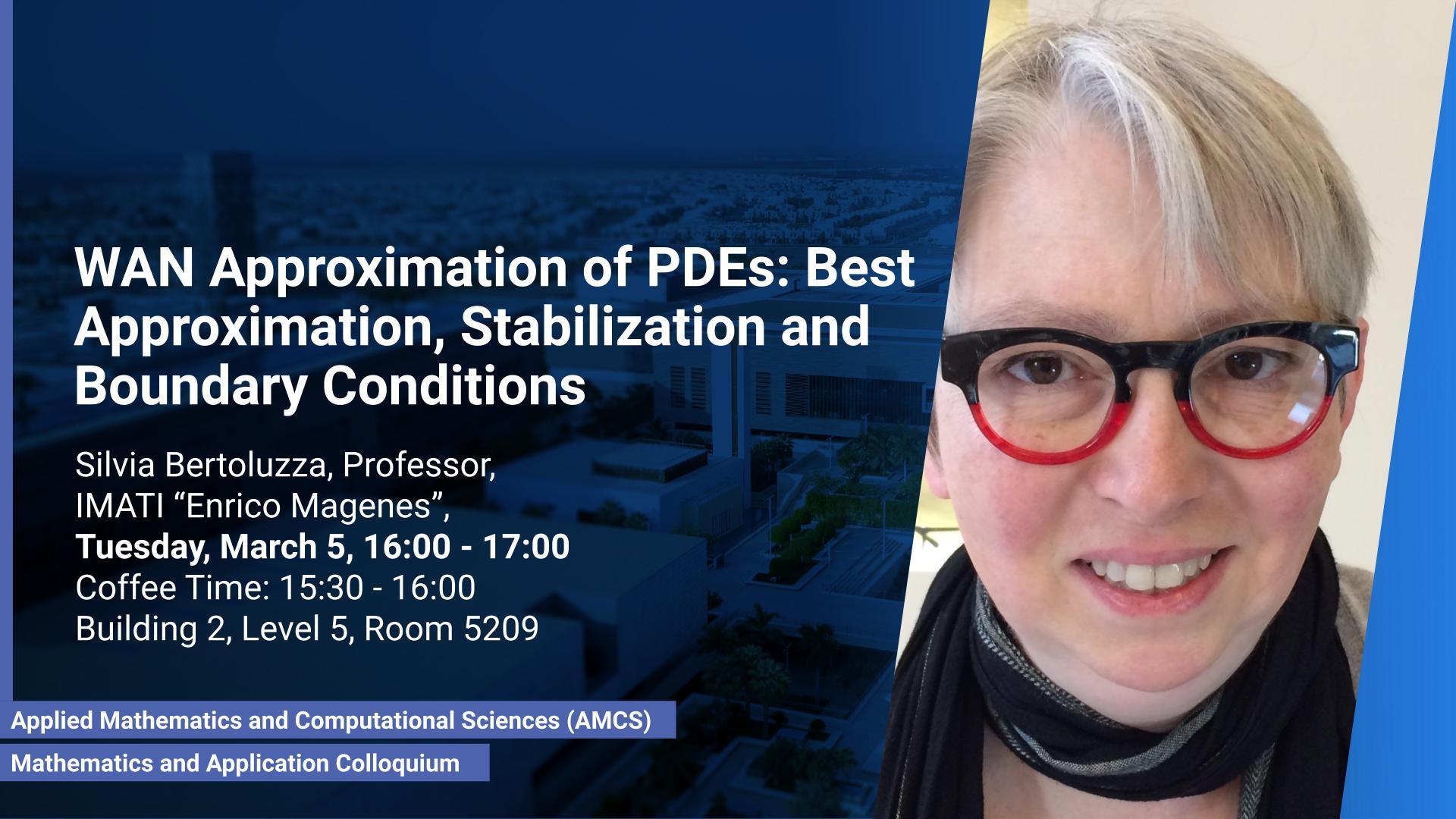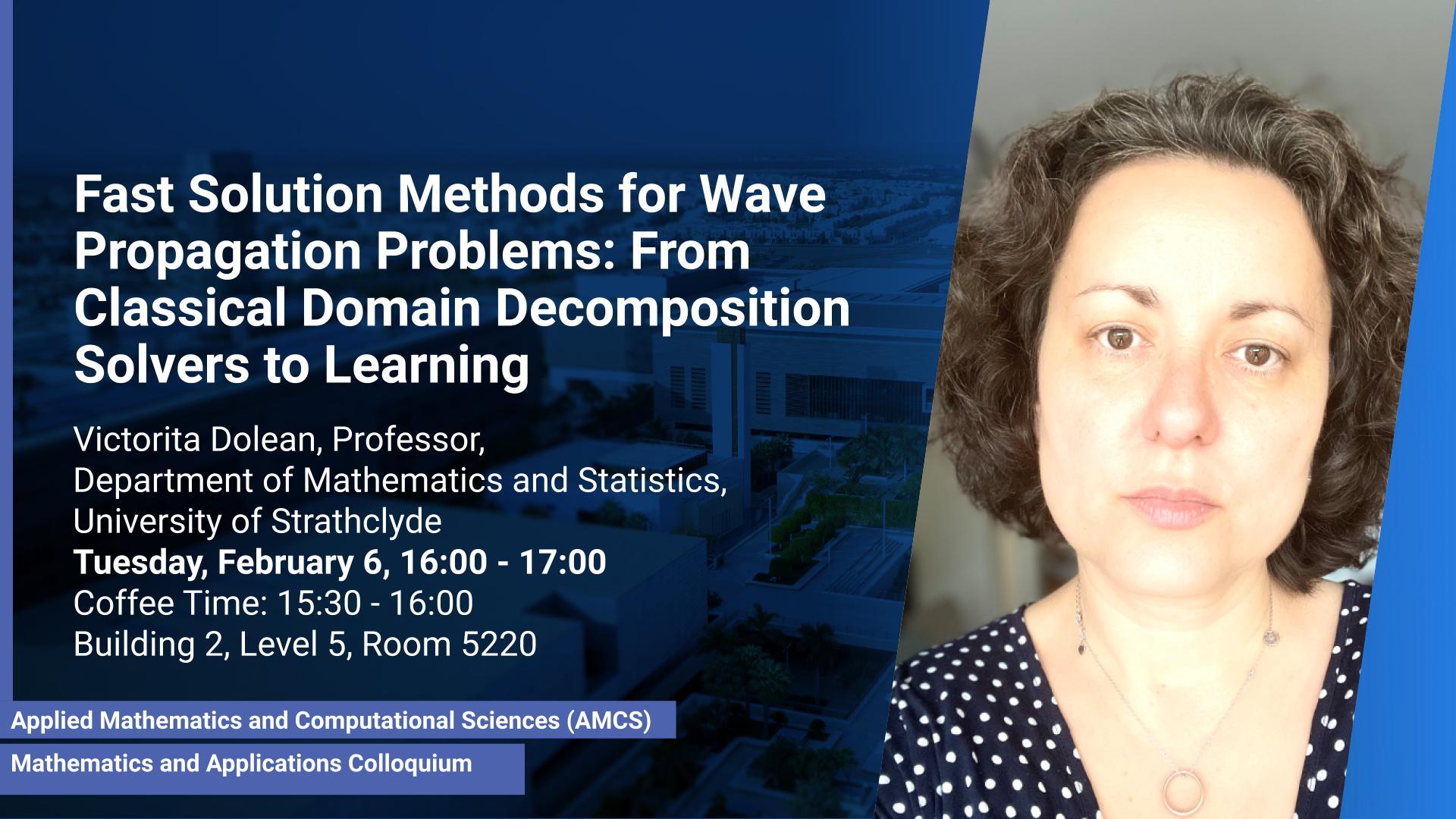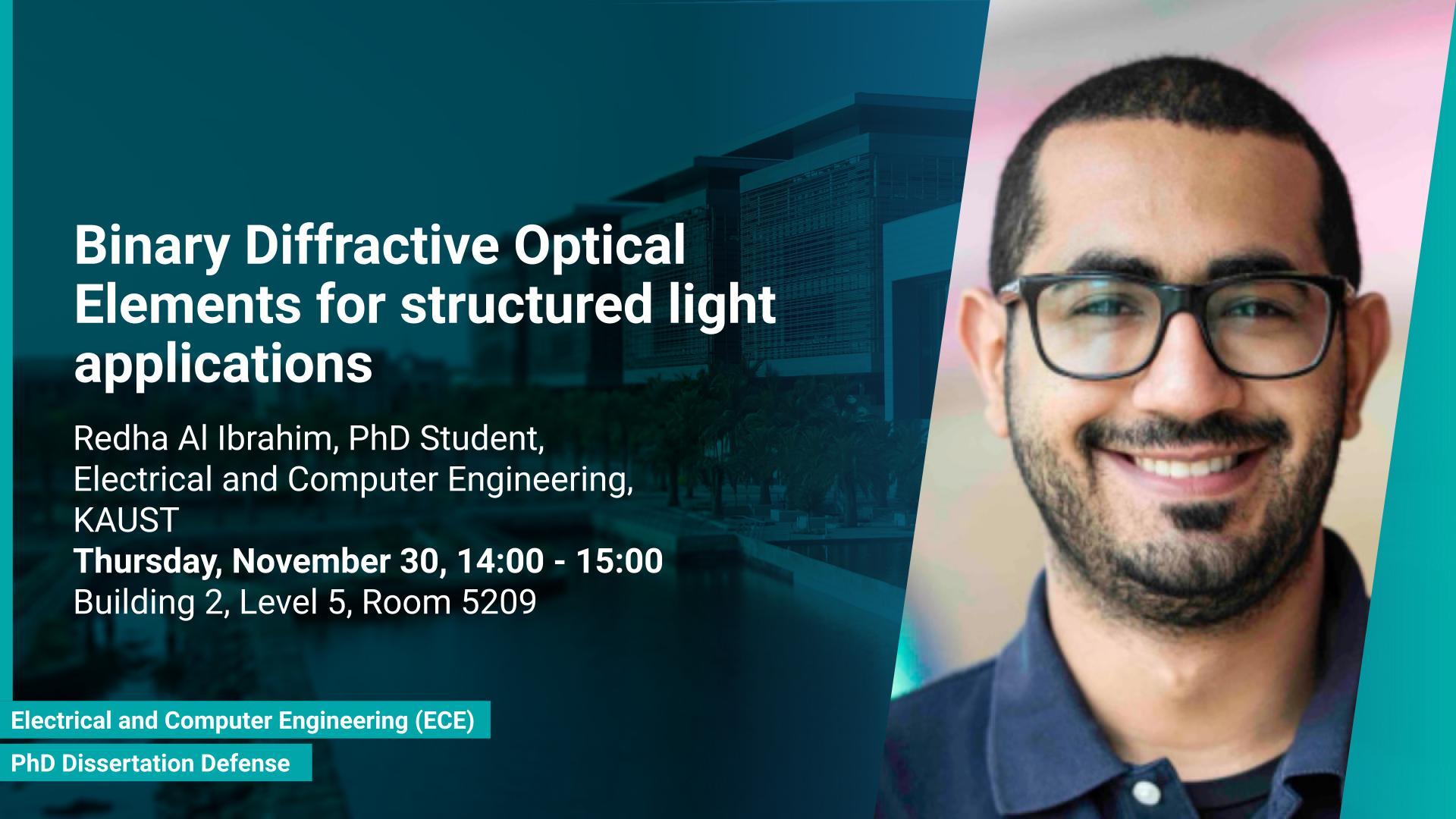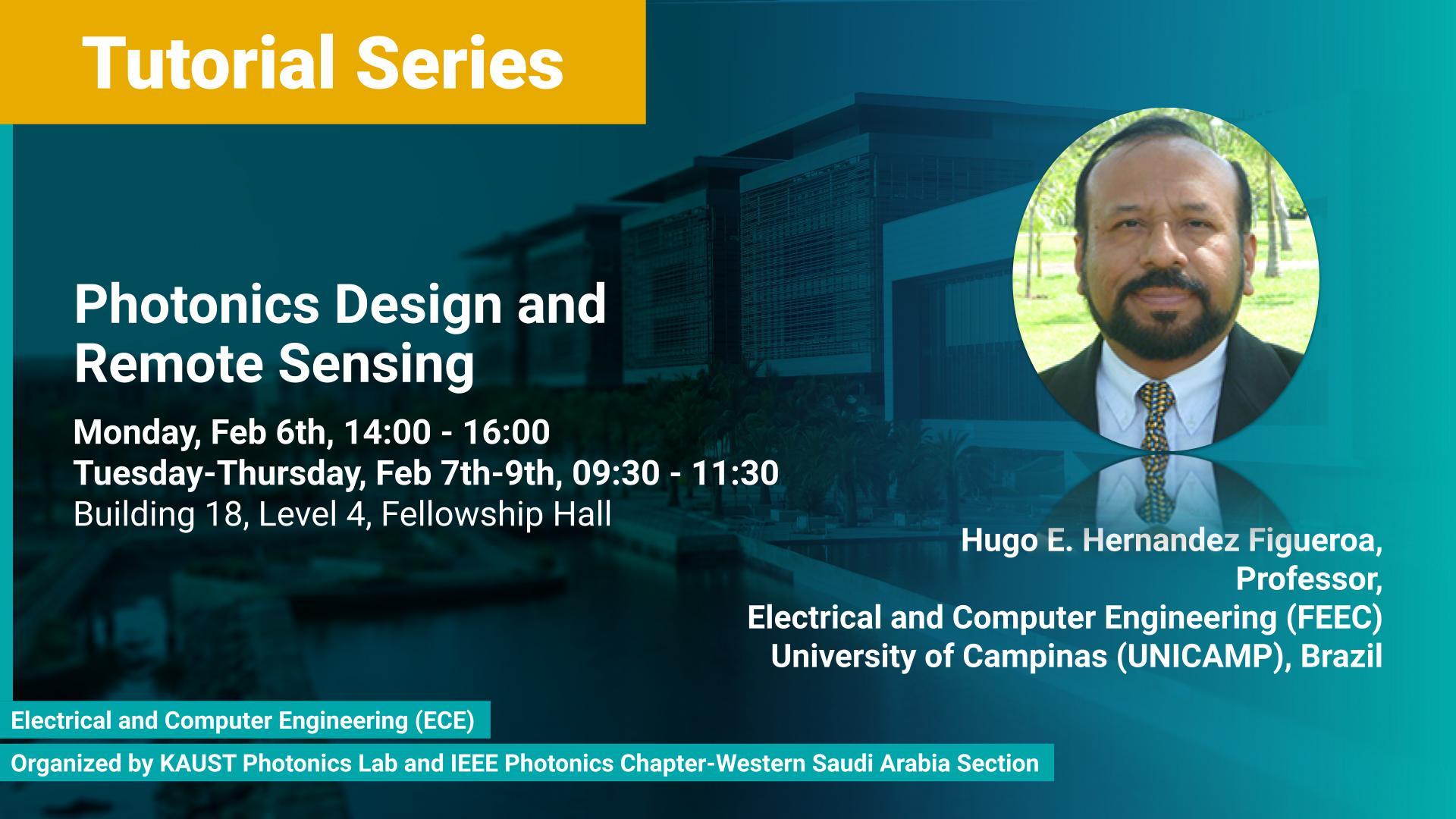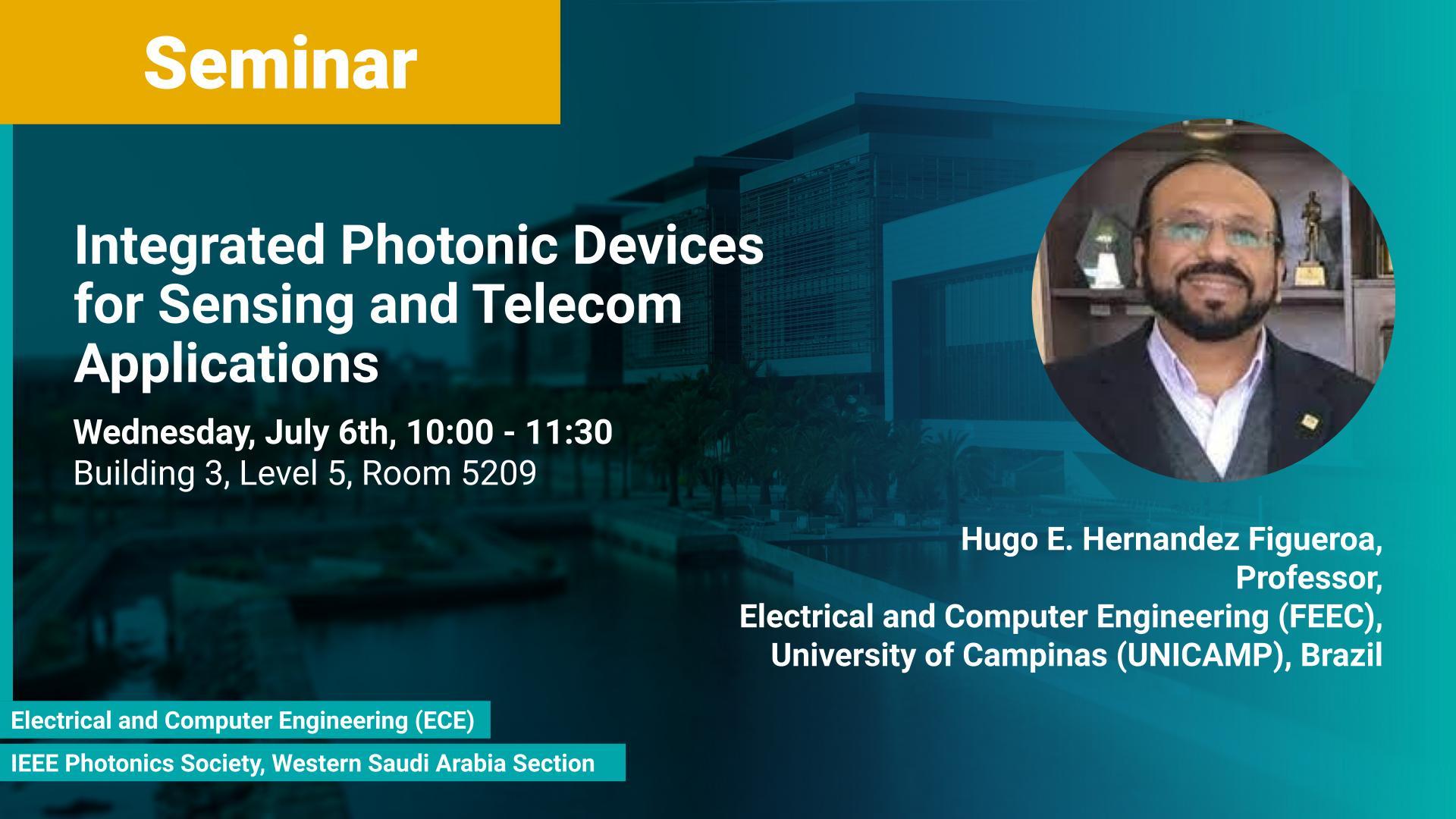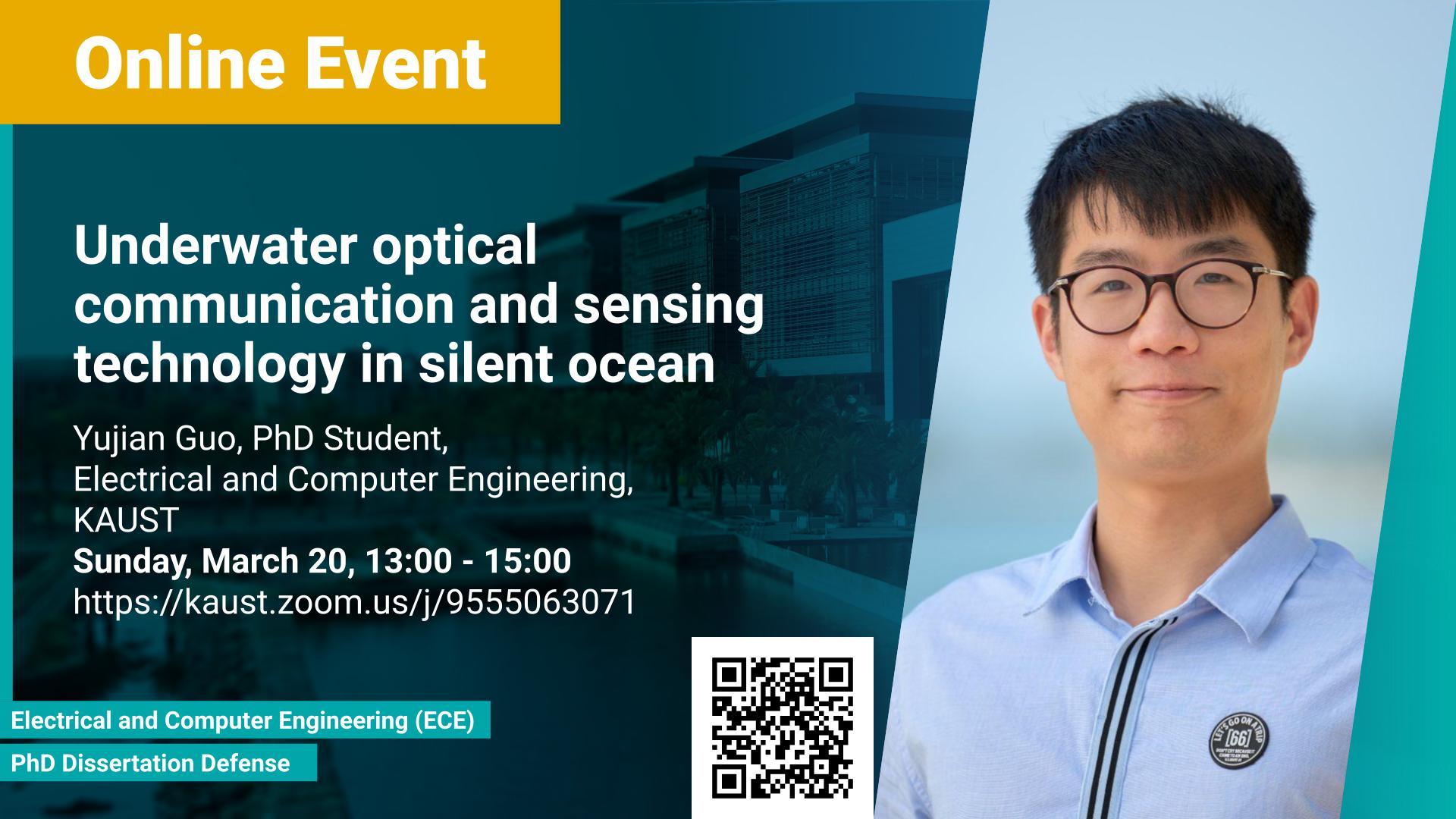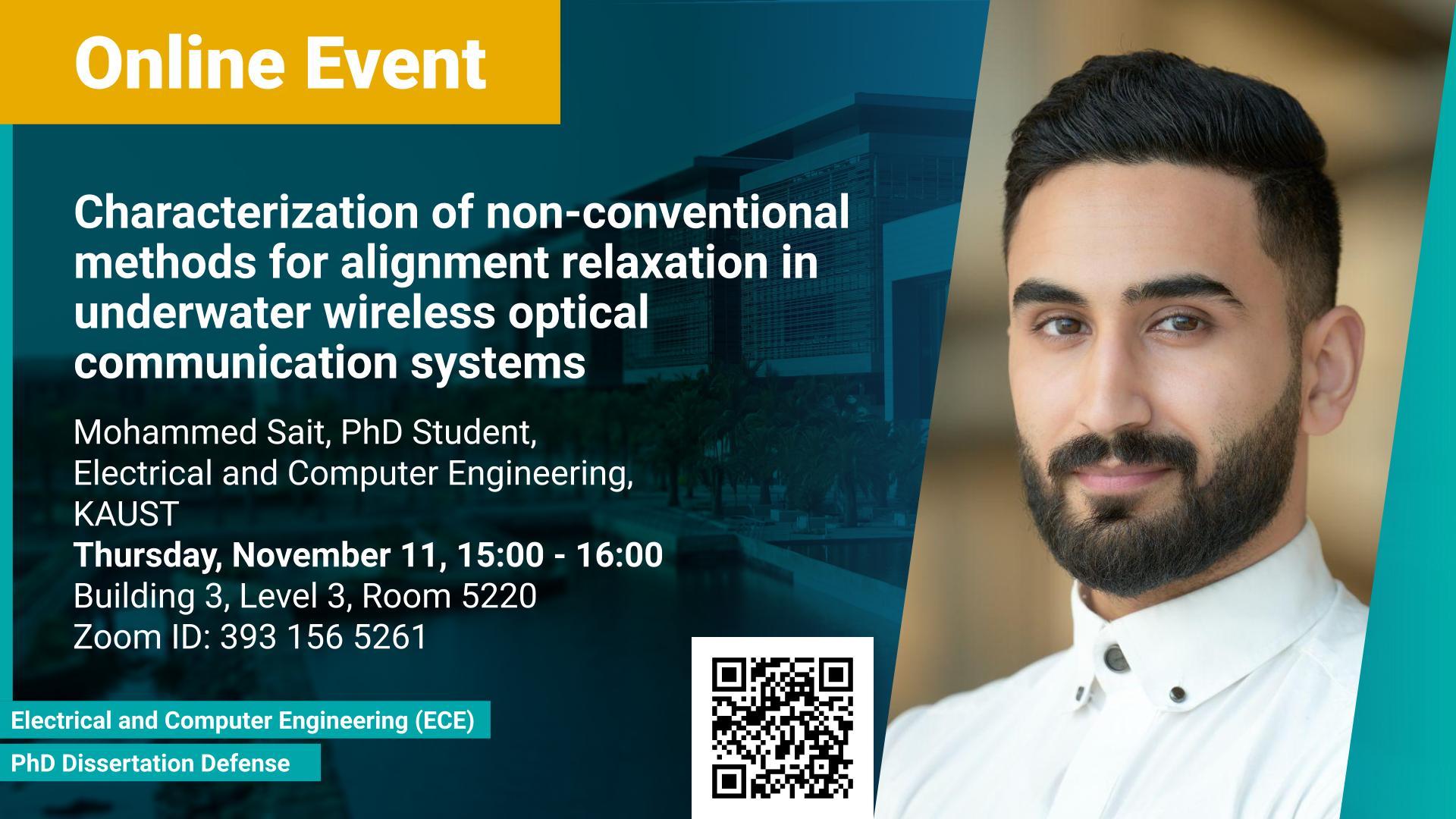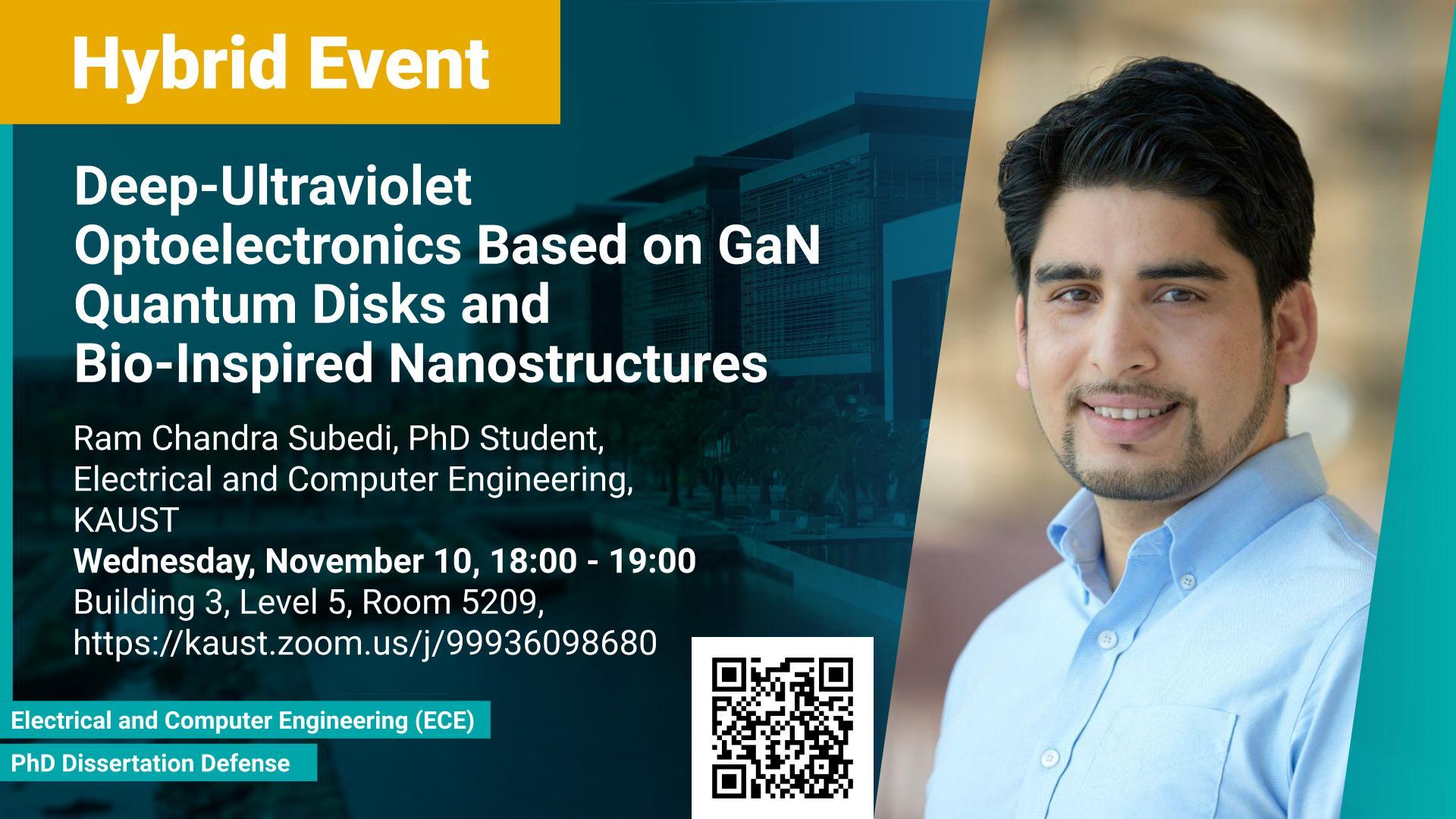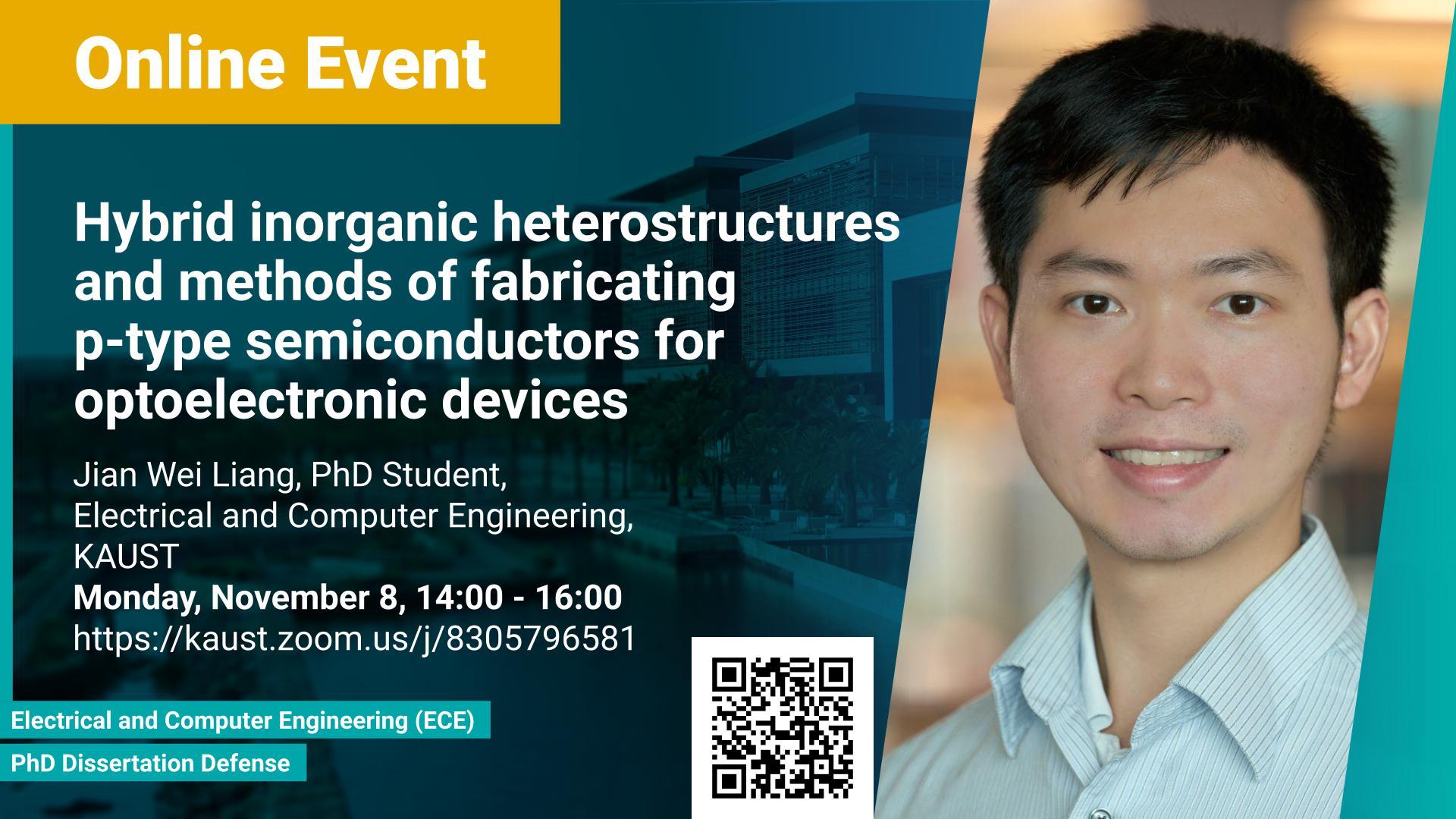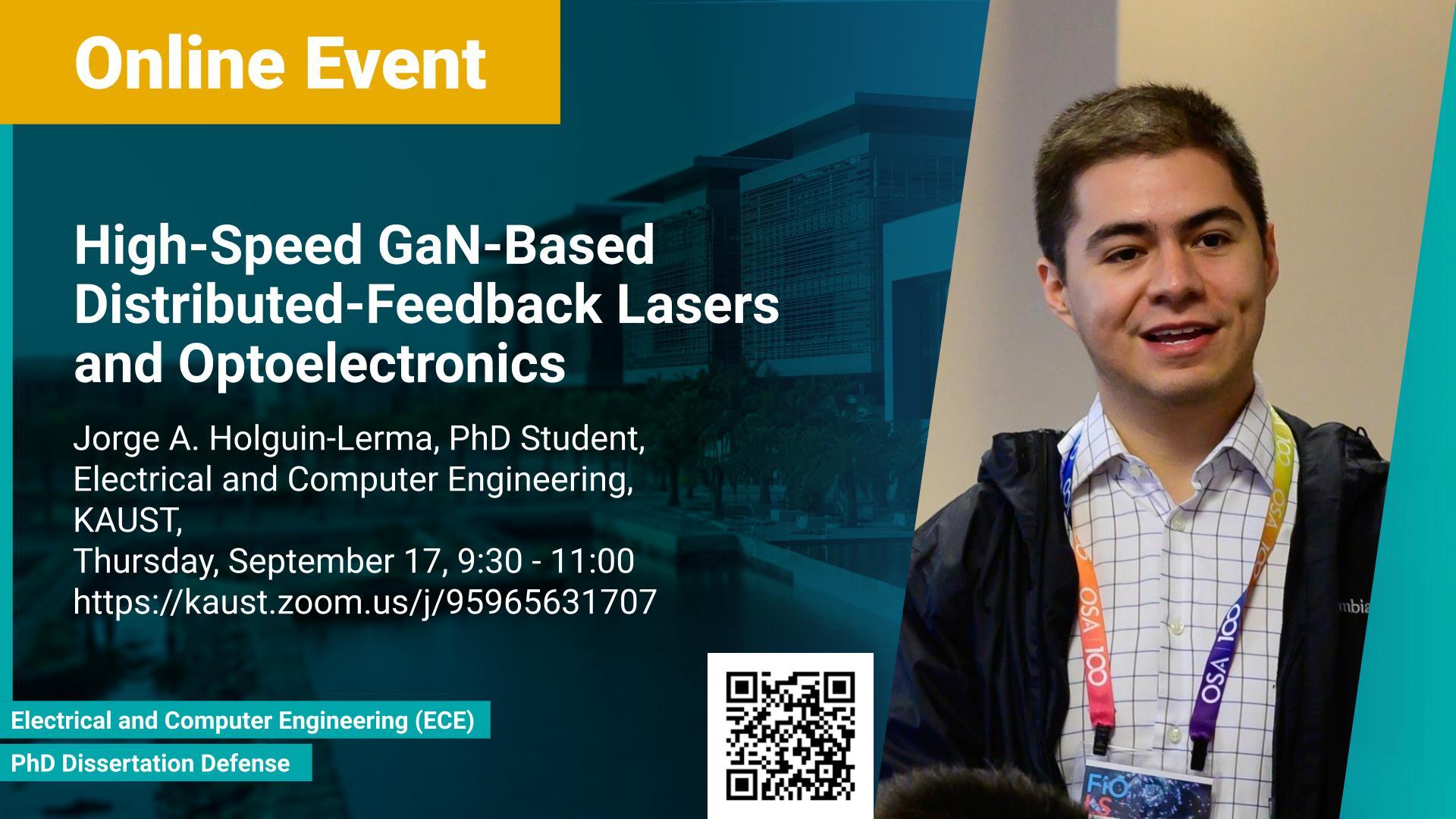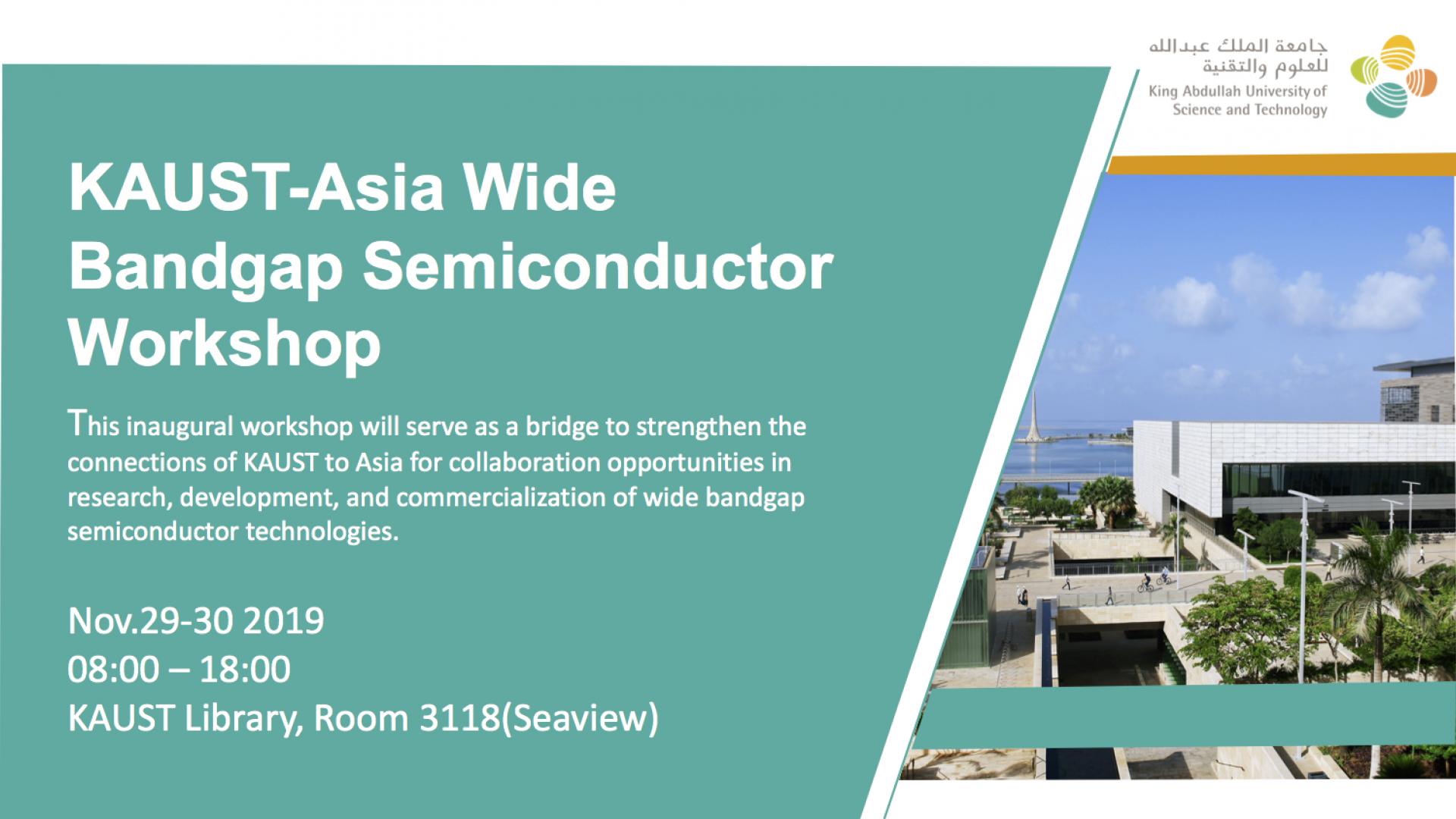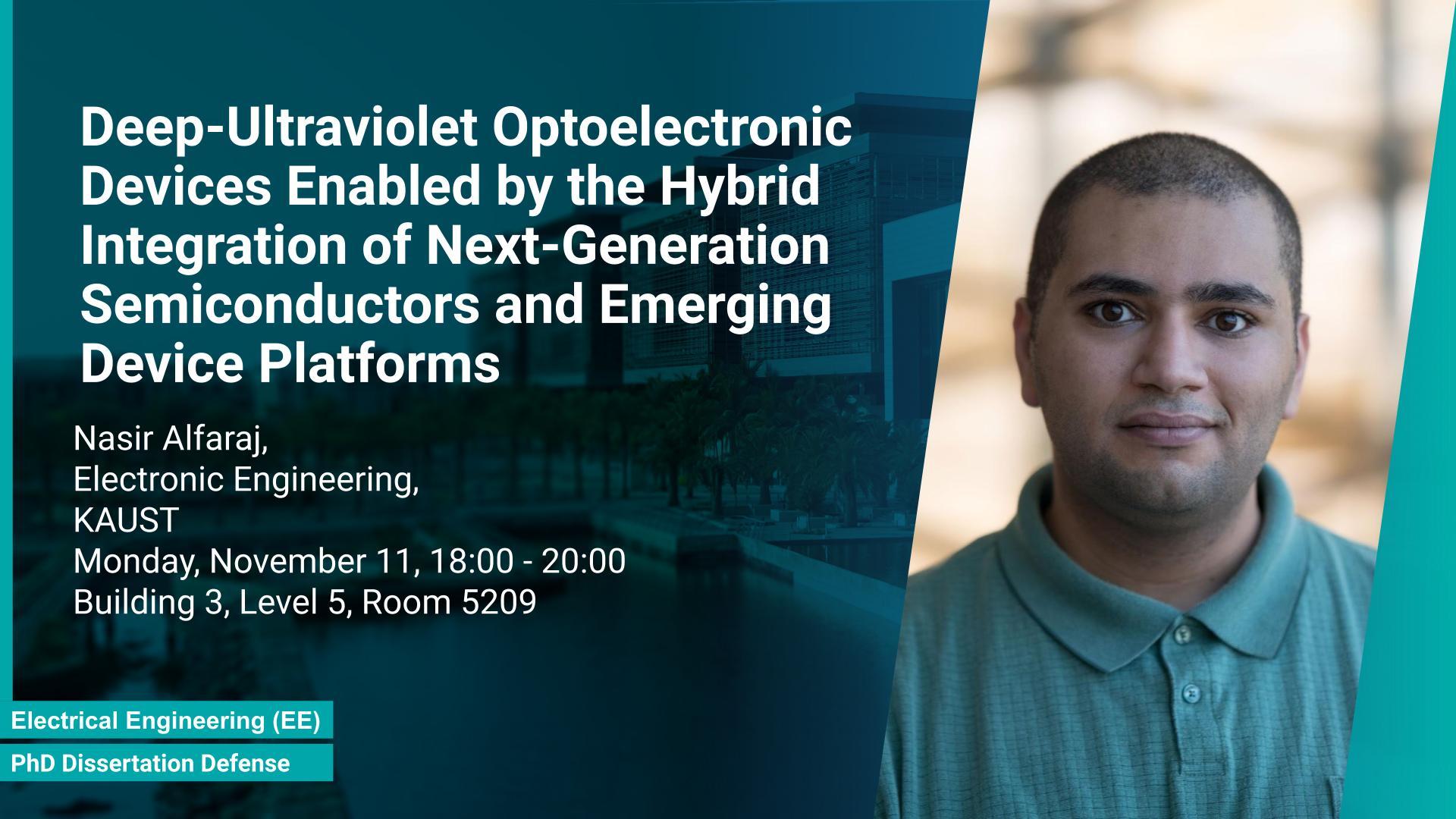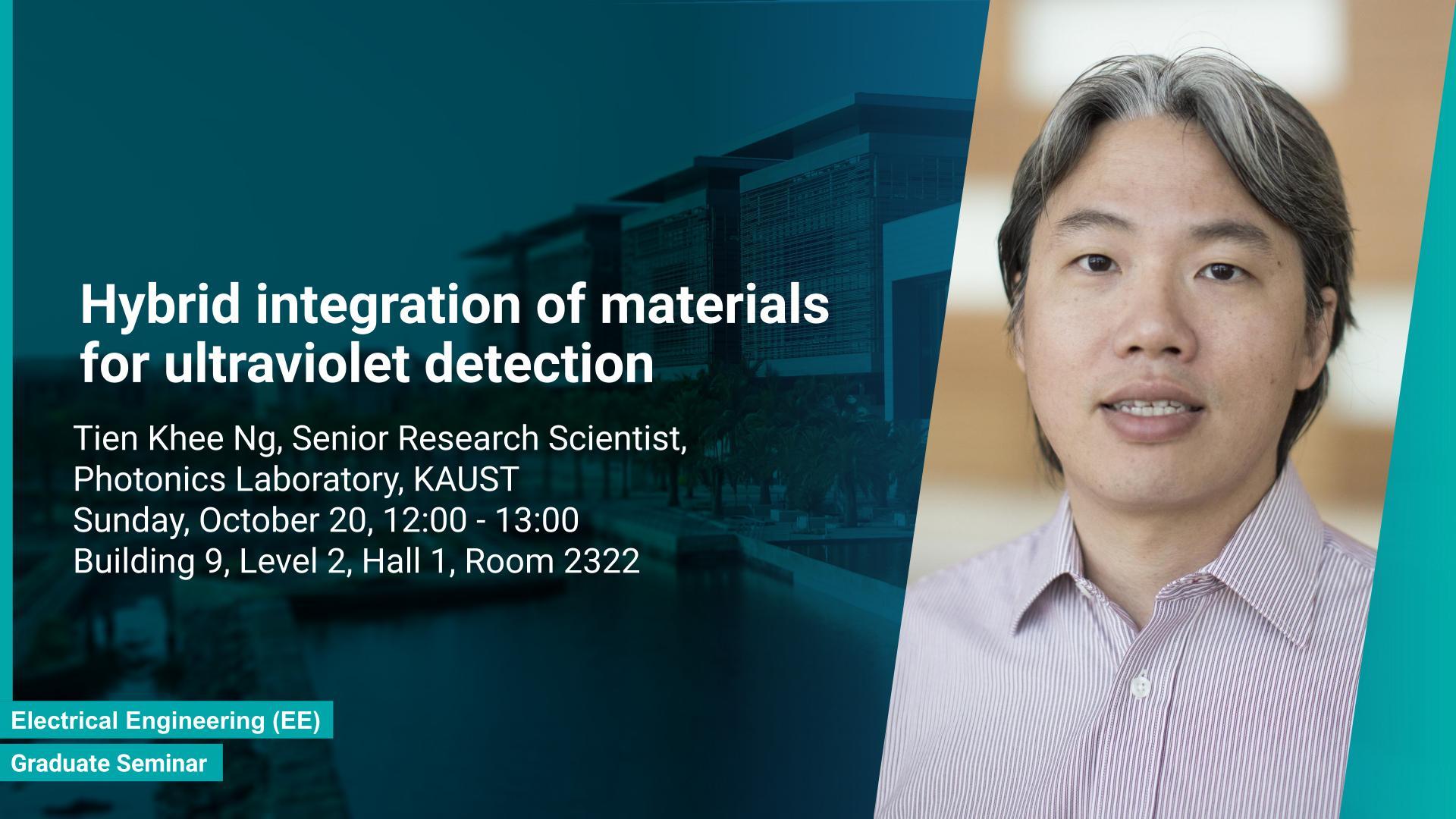Sunday, February 16, 2020, 12:00
- 12:30
Building 9, Level 2, Hall 1, Room 2322
Graduate Seminar Part 1. In this talk, catalyst- and mask-free GaN nanowires ensemble were grown by plasma-assisted molecular beam epitaxy (PA-MBE) under nitrogen-rich condition. Prior to optoelectronic device realization, we conducted fundamental studies including diffusion-induced growth mechanisms on various substrates. On bare fused silica substrate, without any buffer layer, hundreds-of-nanometer scale grains of GaN nanowires were examined by SEM and interfaces were investigated by TEM. Despite the poly-crystalline properties of the coalescent columnar GaN layer, each grain showed the preferential orientation along the c-axis growth direction. To provide conductivity and transparency on amorphous fused silica as a thermally durable substrate, transparent conductive oxide (TCO) layers were deposited by RF magnetron sputtering method on a fused silica glass substrate. Next, for the heterogeneous integration toward solar cell application, we introduced n-GaN nanowires as an electron transport layer (ETL) for methylammonium lead iodide (MAPbI3) perovskite solar cells (PSCs). n-GaN nanowires showed high electron mobility and UV blocking characteristics with MAPbI3. Moreover, finite-difference time-domain (FDTD) simulation confirmed that the roughened interfaces of GaN nanowire arrays are helpful for photon recycling. These achievements can open a new pathway for the heterogeneous integration of group-III nitride and perovskite semiconductors and substrate-independent epitaxy.
